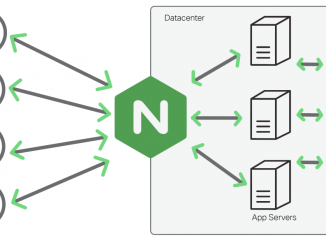
Globo.com’s Live Video Platform for FIFA World Cup ’14- Part II – DVR and Microservices
Globo.com’s Live Video Platform for FIFA World Cup ’14- Part II – DVR and Microservices The following is adapted from a presentation given by Leandro Moreira and Juarez Bochi of Globo.com at nginx.conf 2015, held in San Francisco in September. This blog post is the second of two parts, and is focused on using NGINX to build microservices. The first part, focused on delivery and caching, can be found here. You can watch the video of the complete talk on YouTube. Table of Contents 19:02 DVR 20:24 DVR Challenges – Failover 21:06 DVR Challenges – Storage 22:11 Redis as a Datastore 23:20 Brazil’s General Election 24:12 From Redis to Cassandra 25:11 Waiting Room 27:40 Waiting Room Architecture 29:02 FIFA 2014 World Cup Results 31:00 Recap and Next Steps 31:58 NGINX + Lua is Amazing 33:17 Open Source Software Development 33:55 [ more… ]


